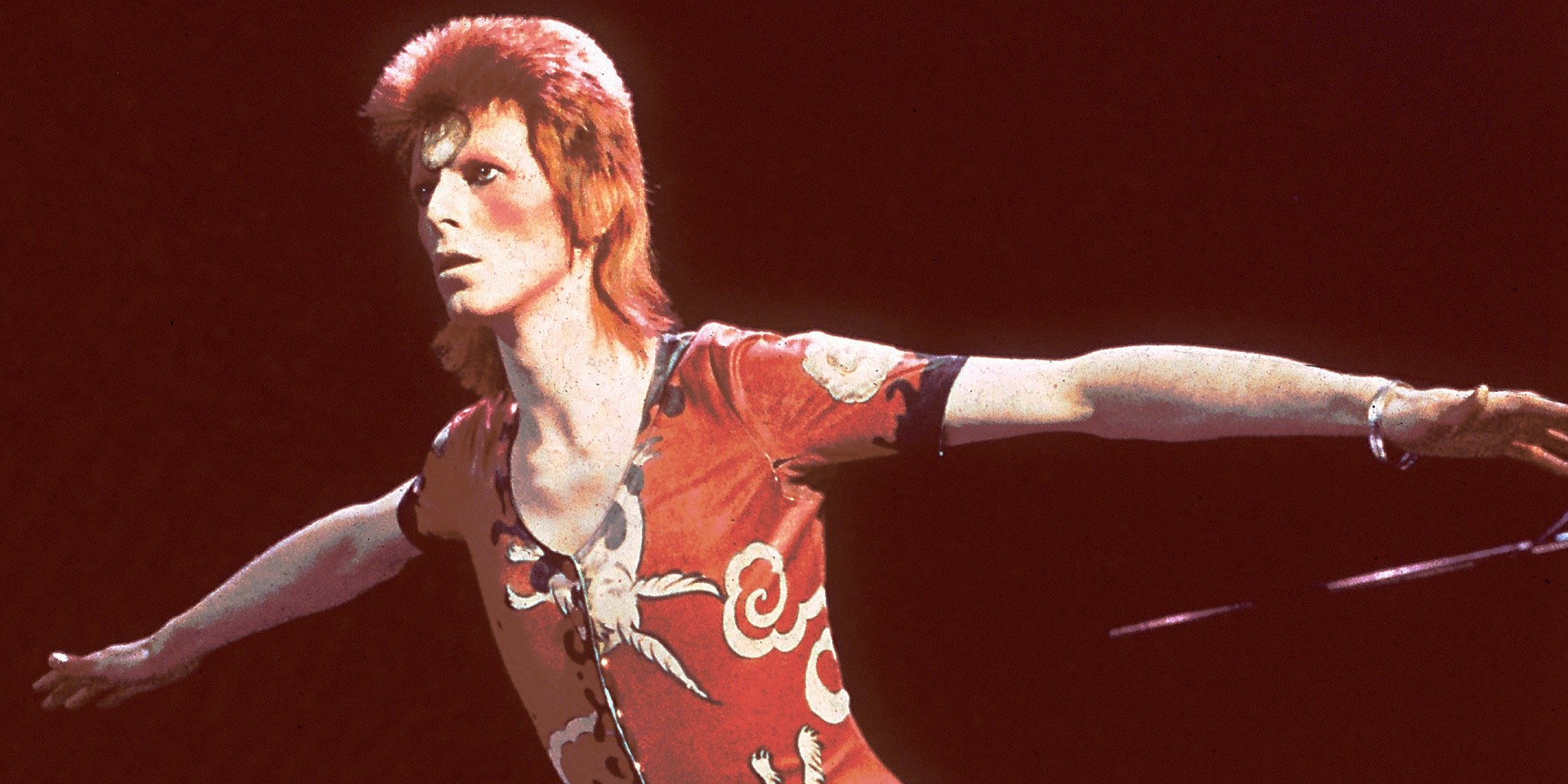Every Thursday, Bandwagon throws back to a seminal album of yesteryear for our younger readers to explore and for our older readers to reminisce. We’ll be picking out some absolutely essential records, spanning all genres and all time, and discussing their significance from a modern day perspective — whether they were immediate hits or made an impact only decades after its release.
Before David Bowie had the chance to dominate the world for decades, and boy did he dominate, he first had to conquer base — the UK. Bowie has adapted many characters and personas throughout his fascinating career, but out of all the characters, Ziggy Stardust remains the perennial favourite among generations of fans.
To understand the basic theatrical appeal of Bowie is to go back to 1971, when a young Bowie was already sketching the blueprints of an androgynous alien rock star persona to adopt on stage and on record. Back then, Bowie was constantly writing and recording songs since his first single 'Space Oddity', which still stands as one of his most recognizable tunes today, was a surprise critical and chart success.
At the ripe age of 24, with two albums already generating hype for the burgeoning musician, Bowie had just released his third record Hunky Dory — arguably his first fully-realized album. After the forgivable inconsistencies in his second self-titled album and The Man Who Sold the World, this album became a true representation of Bowie's abilities to carve out an album's worth of quality rock songs, including the now-legendary singles 'Life on Mars?' and 'Changes'. This is a feat even more impressive considering he was signed to an exhausting record deal with RCA, which had him pushing out at least one album a year until 1980 (with the exception of 1978).
With an equal balance of lofty pop ambitions and a devil-may-care attitude that befitted a 70s rock star, he had already prepared an extra crop of songs, all recorded and pushed aside when Hunky Dory was being finalized. Those songs, however, were soon planned to be on the next one, and with a month at Trident Recording Studios in London (including mixing), he would record and put together the album that's now known as The Rise and Fall of Ziggy Stardust and the Spiders from Mars.

"...The Rise and Fall of Ziggy Stardust and the Spiders from Mars, in turn, pushed rock music to unknown heights — the album is bolstered by Ronson's powerful orchestral arrangements and Bowie's encapsulation of real-life paranoia and anxiety, all of which plagued the early 70s, into a liberating art form."
Bowie started out as this mystical folk singer-songwriter on his second self-titled album — a bizarre anomaly of the times, when the hippie culture was slowly rotting away before the 70s — and his first was a disregarded baroque pop sidestep, akin to Bjork's debut album as a 12-year-old. But with Hunky Dory, he had enlisted the talents of an extraordinary backing band, and he would bring them back for The Rise and Fall of Ziggy Stardust... Bowie summoned Mick Ronson (guitars), Trevor Bolder (bass) and Mick Woodsmansey (drums) and dubbed them The Spiders from Mars, the official backing band of Ziggy Stardust, alien rock star and self-proclaimed messiah of mankind.
The storyline written around Ziggy Stardust barely overwhelms the musicality of the album, as it is every bit of a straight-up rock n' roll album as it is an opulent symphony to the stars. Bowie explained a detailed, if not slightly convoluted, tale behind the character's journey through the record, but it's the outstanding presence of Bowie that strikes immediately — already on the first track 'Five Years', where he describes the scene of the imminent demise of Earth, when he suddenly fixates on a woman he once saw. The orchestral strings soar as he comprehends the limited time the world has left, and it's an overwhelming scene. It's a gloriously stupendous start to the album, and even more so when he shifts gear to the wistful song 'Soul Love'.
From the film Ziggy Stardust: The Motion Picture, which featured Bowie at his peak as Ziggy, and also featured the final live incarnation of the character.
Ziggy Stardust is the inflated, freakish personification of rock 'n' roll, an unforeseen amalgamation of religion, sexual liberty, rebellion and passion, and The Rise and Fall of Ziggy Stardust and the Spiders from Mars, in turn, pushed rock music to unknown heights — the album is bolstered by Ronson's powerful orchestral arrangements and Bowie's encapsulation of real-life paranoia and anxiety, all of which plagued the early 70s, into a liberating art form. This was, after all, life post-Woodstock. The Beatles had broken up. Bowie welcomed the destruction of civilization with open arms, and embraced a new way of expression, paving the way for generations of distinctive pop icons and alternative artists, and countless fans willing to rally behind their new gender-fluid saviour. And this was only the start, as he would continue to seek out new territory for others to follow with future albums.
For now, he was the poster boy of a new culture known as glam rock, something which was already gearing up thanks to a certain Marc Bolan, also known as T. Rex. But as much of a rock icon he was slowly becoming, as Ziggy smothered in glittery costumes and makeup, this was only Bowie's first true attainment at being what every fan knows him as: a true chameleon. The Rise and Fall of Ziggy Stardust... opened new realities for theatricality in rock, and his loose conceptual story was already leagues ahead most artistry in popular music. Part sci-fi cabaret, part rock 'n' roll fantasy, all Bowie.
If you like this, you'll also like: T. Rex's The Slider, Roxy Music's Country Life, Iggy & The Stooges' Raw Power.
Like what you read? Show our writer some love!
-
